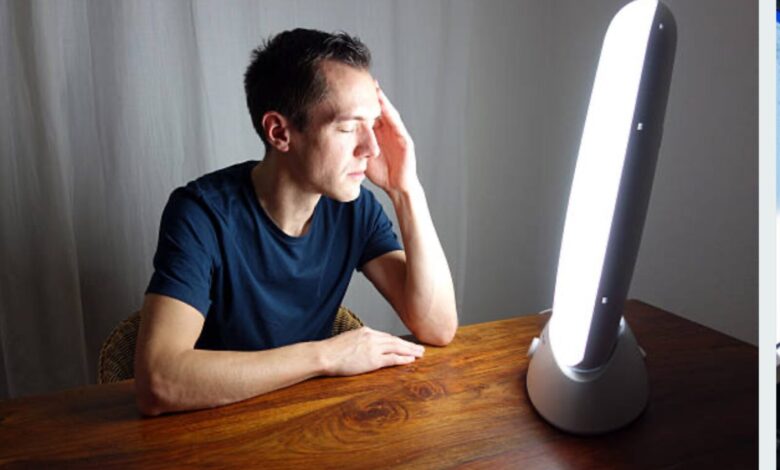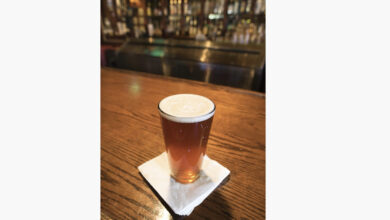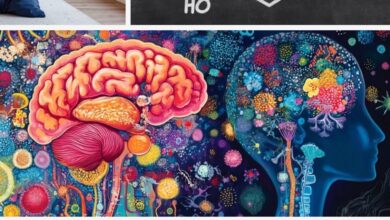BRIGHT LIGHT THERAPY AND NON-SEASONAL DEPRESSION

One way depressive disorders are categorized places patients in seasonal and non-seasonal groups. Seasonal affective disorder, better known as cabin fever, says patients are depressed due to long periods of social isolation caused by gloomy, cold, cloudy, inclement weather. Day after day of gray skies and cloud-obscured sunlight force a patient to feel depressed and lonely.
Non-seasonal depressive disorder, on the other hand, is any other depressive episode not caused by environmental conditions or situations. This group is much larger than seasonal sufferers, and requires trying a broader variety of treatments.
Exposure to bright light, called Bright Light Therapy (BLT), has long been known to benefit patients with seasonal depression. Its efficacy has been demonstrated in study after study. What has not been previously determined is if BLT has the same positive effect on non-seasonal depression patients. After extensive evaluation of numerous sources and studies, an answer is forthcoming.
Bright light therapy, using a fluorescent light box producing “10,000 lux of white light,” was shone in non-seasonal patient’s presence for at least 30 minutes daily. Non-seasonal patients were divided into groups treated with BLT alone, with BLT and an antidepressant, with BLT and a placebo, or with an antidepressant alone (as mono therapy).
After a four-week trial, the researchers found that “statistically significant higher remission and response rates occurred in the bright light therapy groups than in the non-bright light therapy groups.”
Remission of symptoms: BLT group 40.7% had remission vs. non-BLT group 23.5%
Response (improvement): BLT group 60.4% improved vs. non-BLT group 38.6%
Bright light therapy, then, is also helpful as adjunctive treatment for patients with non-seasonal depression and should be included as part of the treatment regimen. The conclusion of one study was “light therapy was significantly more effective than comparative treatments.”
Dr. G’s Opinion: This is very valuable information for doctors and patients both because patients with depression can arrange this treatment themselves. It is simple to do so even a family member can do it.
References: Slawson DC. Bright Light Therapy is Effective for Nonseasonal Depressive Disorders Am Fam Phys 2025 July;112(1);96.
Tao L, Jiang R, Zhang K, Qian Z, Chen P, Lv Y, Yao Y. Light Therapy in non-seasonal depression: An update meta-analysis. Psychiatry Res 2020 Sep 291:113247
Almeida AM, et al. Bright Light Therapy for Non-seasonal Depressive Disorders: A systematic review and Meta-Analysis JAMA Psychiatry 2025 Jan 1;82(1):38-46.




